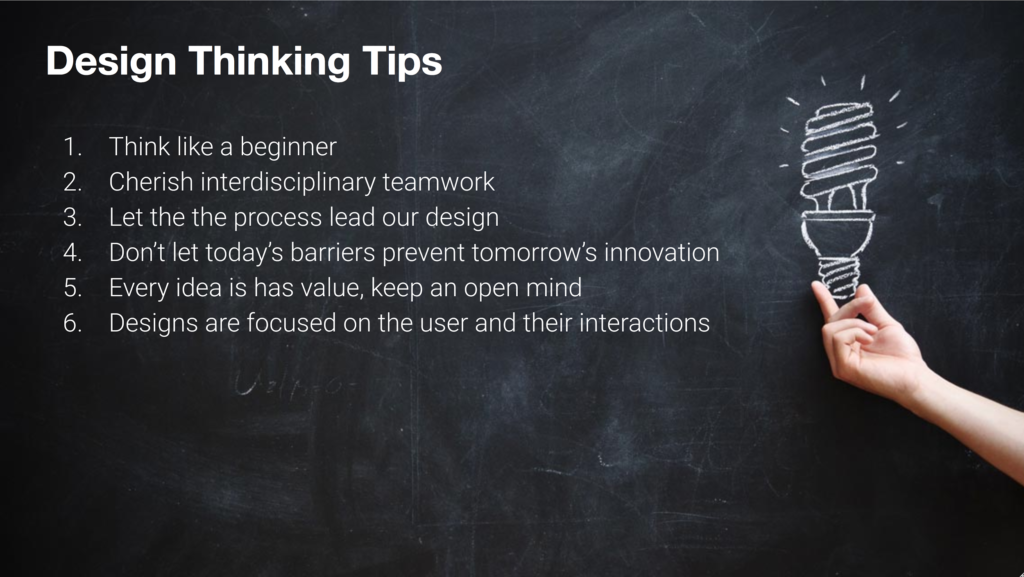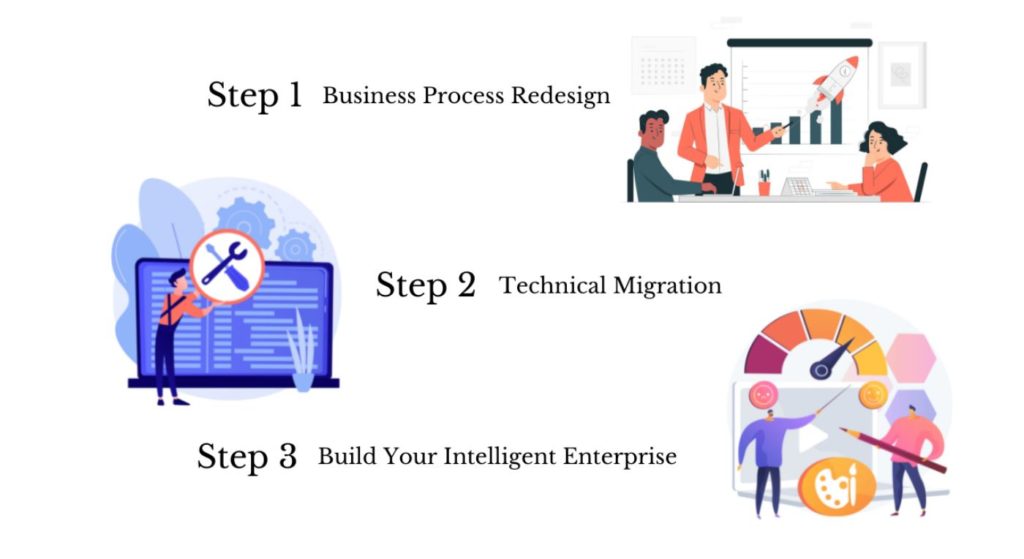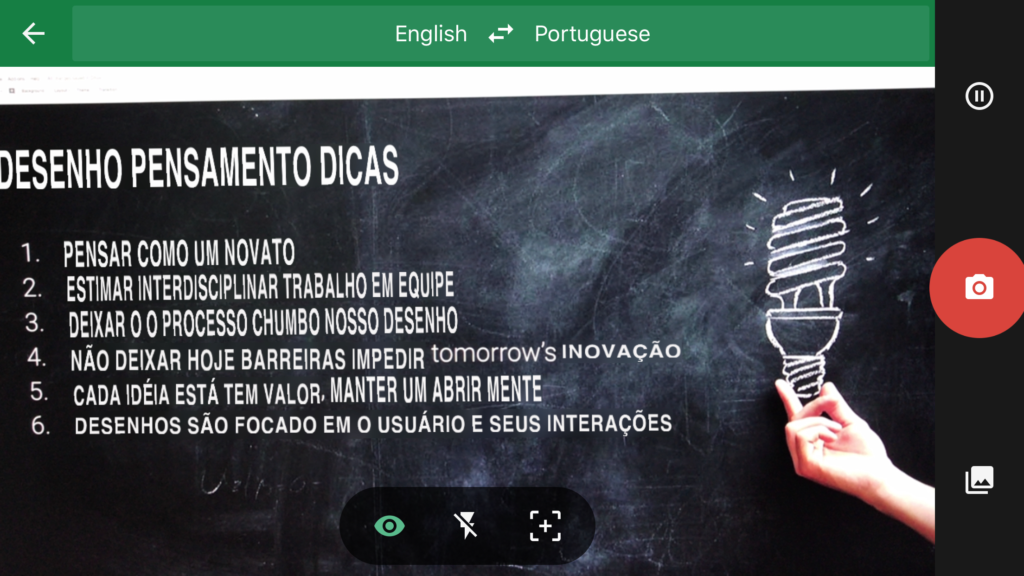Design Thinking in Any Language
Design Thinking was meant as a way to identify and solve problems, yet we still take for granted for some of the norms when starting a workshop. For application design, we assume that our observations will take place in a somewhat familiar work environment and that we will get to ask pointed questions and take notes on familiar abstract concepts and processes. Finally documenting and preserving the energy and knowledge produced by the design team, then everything is put into a pretty little package to share and comes with a visual prototype.
What happens if not everyone speaks the same language? In two languages that have only some correlation, more often than not you are left wondering if your inference was correct. Especially when the person standing in front of you is looking into your eyes for a hint of understanding. Globalization is here to stay and we have to adapt to these challenges. This is a story about how a design team who went to Brazil adapted to help impart our expertise in Digital Transformation and User Experience. I hope the story helps others who might be faced with this same challenge.
Getting Ready to Go
Before leaving, I looked for any way to become more self-sufficient. I had already done much of the work to understand the business issues, but I didn’t yet know the “people” aspect of our trip. I read about Brazil, its people, language, and customs. Getting to know them as a people first would help me get into their mindset. I focused less on how our professional and personal cultures might differ and looked for similarities where possible so I could identify with a potential user base. Meanwhile, taking note of the differences, the first and most apparent issue was that Brazilians speak Portuguese and I do not. My hopes were that English would be a strong second language. While it does have a presence, especially in a professional environment, not all speak or cater to English speakers. Americans would experience a similar relationship with the Spanish, I think. Brazil, like many other countries, stick to its official language.
How might we overcome this language barrier? We could all stand around using Google translate. Maybe we could use the new Google Pixel Buds. Maybe a real live translator. All of those would work to varying levels of effectiveness. One point to note is that I have learned about group discussion and think tank projects: people, especially those passionate about their jobs, do not take turns speaking. Once they become conversational, they need to speak their minds or the idea is lost… You would think, grown adults could show patience, because 5th graders could do so, but we don’t, and I wouldn’t have it any other way.
Observing Things
For Design Thinking, the observation is now hamstrung by the fact we don’t all understand the words being exchanged between the observers and those observed. Observers can’t read signs, job aid materials, and screens that are in the surrounding work environment. This makes it challenging to create context about processes being performed and determine what is useful for our challenge and what is not.
Additionally, observers don’t know the regulations and laws that affect the business they are observing. Do you know what is complex about Brazil? Taxes. It is complex enough that you don’t see them on your receipt at the grocery store, but if you transfer goods from one state to another, there is a tax for that. Sometimes deliveries are routed in the most inefficient way to save on taxes.
Beyond the normal tangents, questions are sometimes misunderstood. Some time is lost with tangents that don’t always apply. This is amplified by ideas lost in translation or flat out misunderstood. I am sure that my hosts were sometimes frustrated by the fact we were covering everything, chapter and verse. One of the participants even mentioned this, and I didn’t have a good response, except “I am not Brazilian or even a Latin. The way you do business is unique to me. So I know nothing.” I try to impart this sentiment when starting a Design Thinking workshop.

There are cultural norms that confuse or interest one another, which can create very interesting, but distracting tangents. One of the first things I saw when we started our Design Workshop, was a group of guys drinking from this crazy-looking cup called a Chimarrão (Calabash gourd) with a metal straw that has a filter on the end (bomba) with bits of roots covered by a green leafy substance, and hot water to steep the tea. It was being passed around, and I must admit, I was distracted by this ritual. I mentioned this to my compatriot, and we both speculated on the substance. Finally, I couldn’t take it anymore and we spent the next 20+ minutes dedicated to discussing this drink and trying it. It turned out to be Yerba Mate, one of my favorite tea drinks back in the US.


Translator Troubles
We had a translator and that was very helpful. We had a bumpy start with technology problems, but we finally got there. Initially, the translator was in a small booth with headphones on and a microphone that broadcasted to our headsets. In turn, we had a microphone that broadcasted to his headset. This worked well for the most part.

Personally, I couldn’t speak into the mic and hear my words translated into Portuguese. I think it is my need to listen when I hear a voice talking in my ear. So I would start to speak, then pause while I removed the ear piece. This format worked OK, but there were a few caveats. I can’t tell you how many times the translator was waving his arms around telling us to slow down when speaking. According to our translator, Portuguese takes 25-30% longer to convey an idea than in English. Also, in order for the translator to translate, people need to speak into the microphone. We had 2 microphones, and they ate batteries every 3-4 hours. So the microphone became the “talking stick”.
My first presentation was in English, and in retrospect, I think that was a mistake. I had prefaced it with, we will do this, then this, etc. The tips I shared and the workshop phases were always in question, even if it was showing on the projector. However, I don’t think that stuck with the participants. While presenting the material, I could see that people were looking but not reading. Maybe this is where Google Translate shines. I bet the translation was not 100% and definitely not as good as our real-life translator.

As the workshop progressed, the talking stick method quickly fell apart. The translator came out of his booth and just stood beside me, translating on the fly for whoever was speaking. This was much better for me and allowed the participants to speak more freely. I also wasn’t missing the side conversations. This was probably more exhausting for the translator, but using this method he was able to translate for us some of the finer points that are often lost in translation. I was amazed at how fast he could change his own persona and mannerisms to match that of the person who was talking. This was essential for us to understand not only the words but the nonverbal communication such as body movements and emotions. Those elements are hidden if speech is translated in a more monotone and expressionless manner.

Final Results
In the end, we had a good Design Thinking session. While we started with some doubt about the process and apprehension about the proposed goal, by the end of the session, everyone was happy, smiling, and giving us the thumbs up. We designed a stellar mobile application that will solve many business problems while reducing the manual steps that were creating a lot of busy work. What a perfect example of Digital Transformation. I look forward to seeing this become their reality and the new potential it might bring. Not to mention that I could perhaps indulge in another trip to Brazil!
What has been your experience with international workshops? Did you discover anything specific that made your process easier? Please share in the comments.
View our LinkedIn, here.